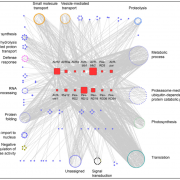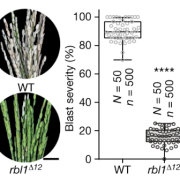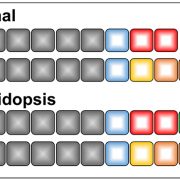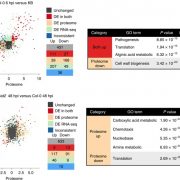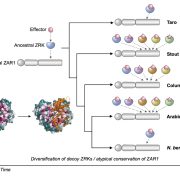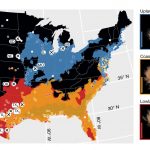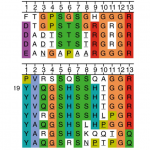Chromatin phosphoproteomics identifies an AT-hook motif protein involved in PAMP-triggered immunity (PNAS)
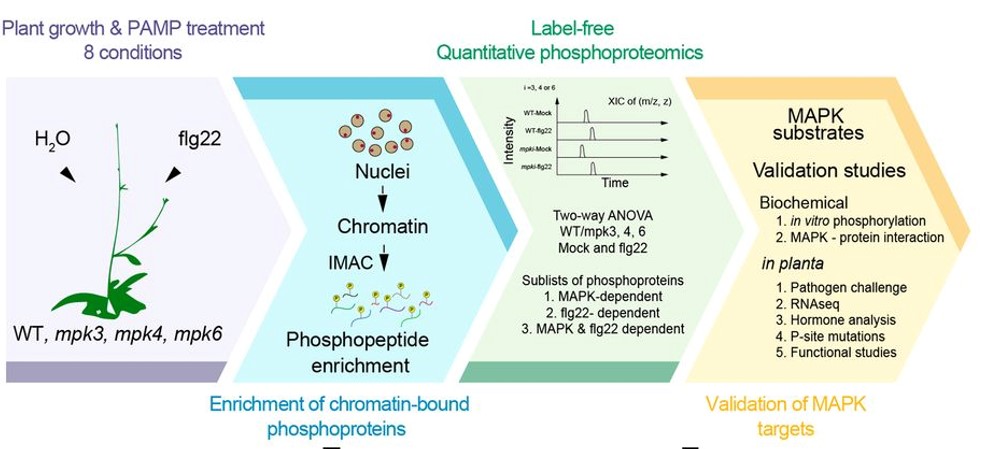 Mitogen-activated protein kinases (MAPKs) are conserved protein kinases in eukaryotes that participate in signaling from cytoplasmic to chromatin events to allow transcription reprogramming. MAPKs play prominent roles at the chromatin level. Rayapuram et al. report a chromatin-associated phosphoproteome from wild type Arabidopsis and mpk3/4/6 mutants, with and without a 15-min treatment with flg22. They identified 56 differentially phosphorylated peptides of which 38 possess a MAPK phosphorylation motif including factors involved in chromatin organization, DNA binding, RNA processing and splicing. Two of the sites are on the AT-hook motif nuclear localized protein 13 (AHL13), a DNA-binding transcription factor. AHL13 preferentially interacts with MPK6 and is phosphorylated by MPK3/4/6. It is involved in regulating disease resistance to bacteria, with the mutant and phosphodead form more susceptible to pathogens. Transcriptome analysis revealed that AHL13 regulates jasmonic acid biosynthesis and signaling genes. Interestingly, the phosphodead form is degraded by the proteasome-dependent pathway and the plant becomes more sensitive to pathogens. This study sheds light on identification a set of phosphorylated chromatin substrates that regulate plant immunity. (Summary by Min May Wong @wongminmay) Proc. Natl. Acad. Sci. USA 10.1073/pnas.2004670118
Mitogen-activated protein kinases (MAPKs) are conserved protein kinases in eukaryotes that participate in signaling from cytoplasmic to chromatin events to allow transcription reprogramming. MAPKs play prominent roles at the chromatin level. Rayapuram et al. report a chromatin-associated phosphoproteome from wild type Arabidopsis and mpk3/4/6 mutants, with and without a 15-min treatment with flg22. They identified 56 differentially phosphorylated peptides of which 38 possess a MAPK phosphorylation motif including factors involved in chromatin organization, DNA binding, RNA processing and splicing. Two of the sites are on the AT-hook motif nuclear localized protein 13 (AHL13), a DNA-binding transcription factor. AHL13 preferentially interacts with MPK6 and is phosphorylated by MPK3/4/6. It is involved in regulating disease resistance to bacteria, with the mutant and phosphodead form more susceptible to pathogens. Transcriptome analysis revealed that AHL13 regulates jasmonic acid biosynthesis and signaling genes. Interestingly, the phosphodead form is degraded by the proteasome-dependent pathway and the plant becomes more sensitive to pathogens. This study sheds light on identification a set of phosphorylated chromatin substrates that regulate plant immunity. (Summary by Min May Wong @wongminmay) Proc. Natl. Acad. Sci. USA 10.1073/pnas.2004670118


